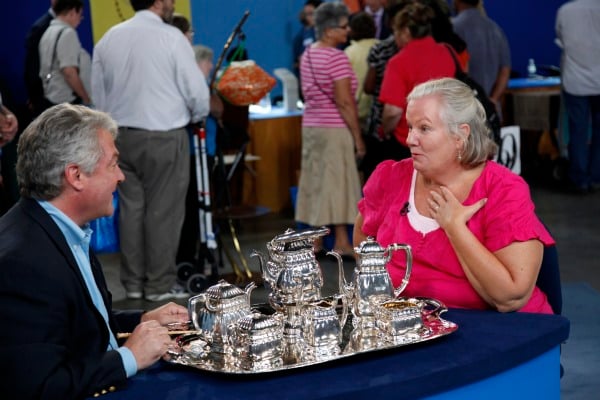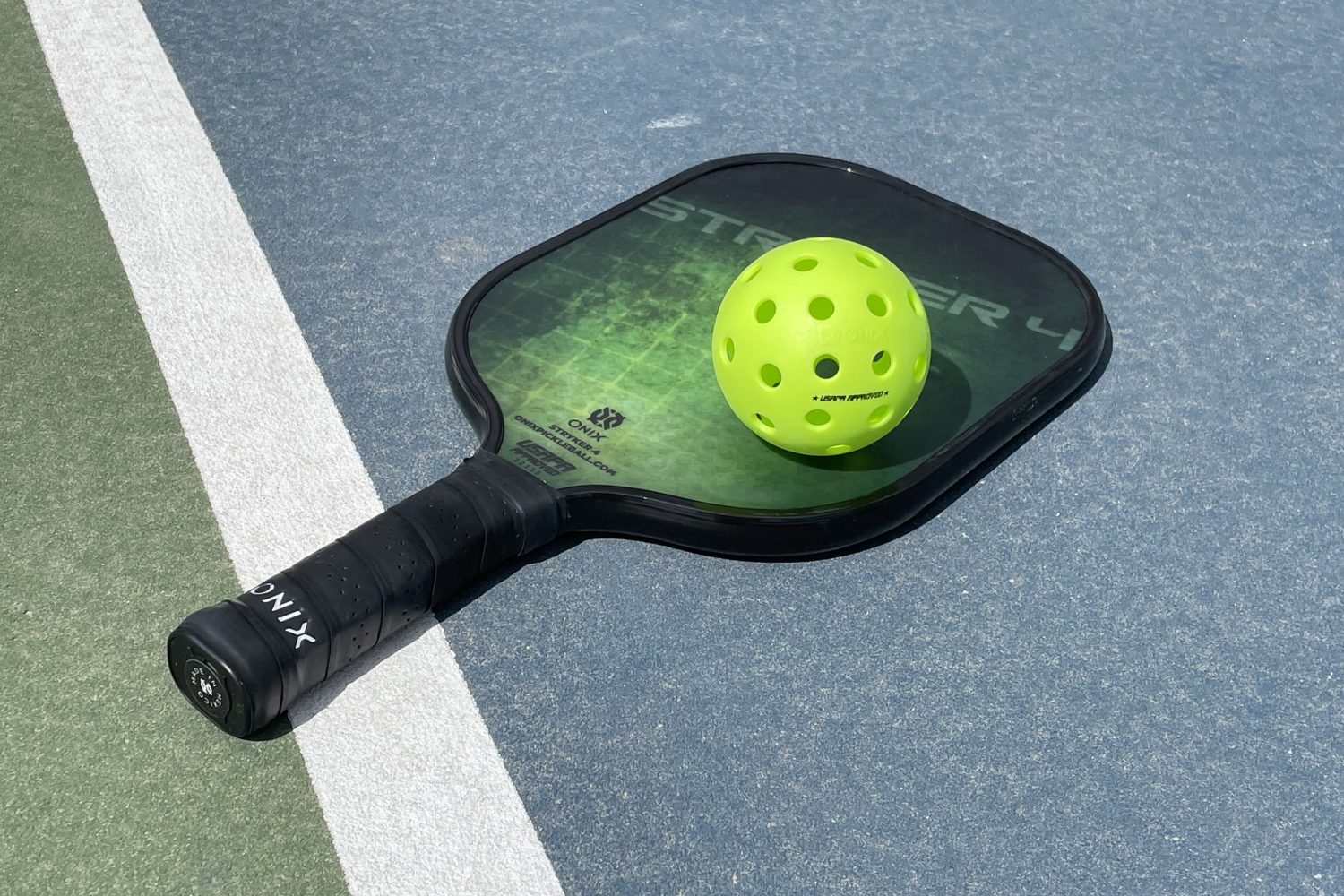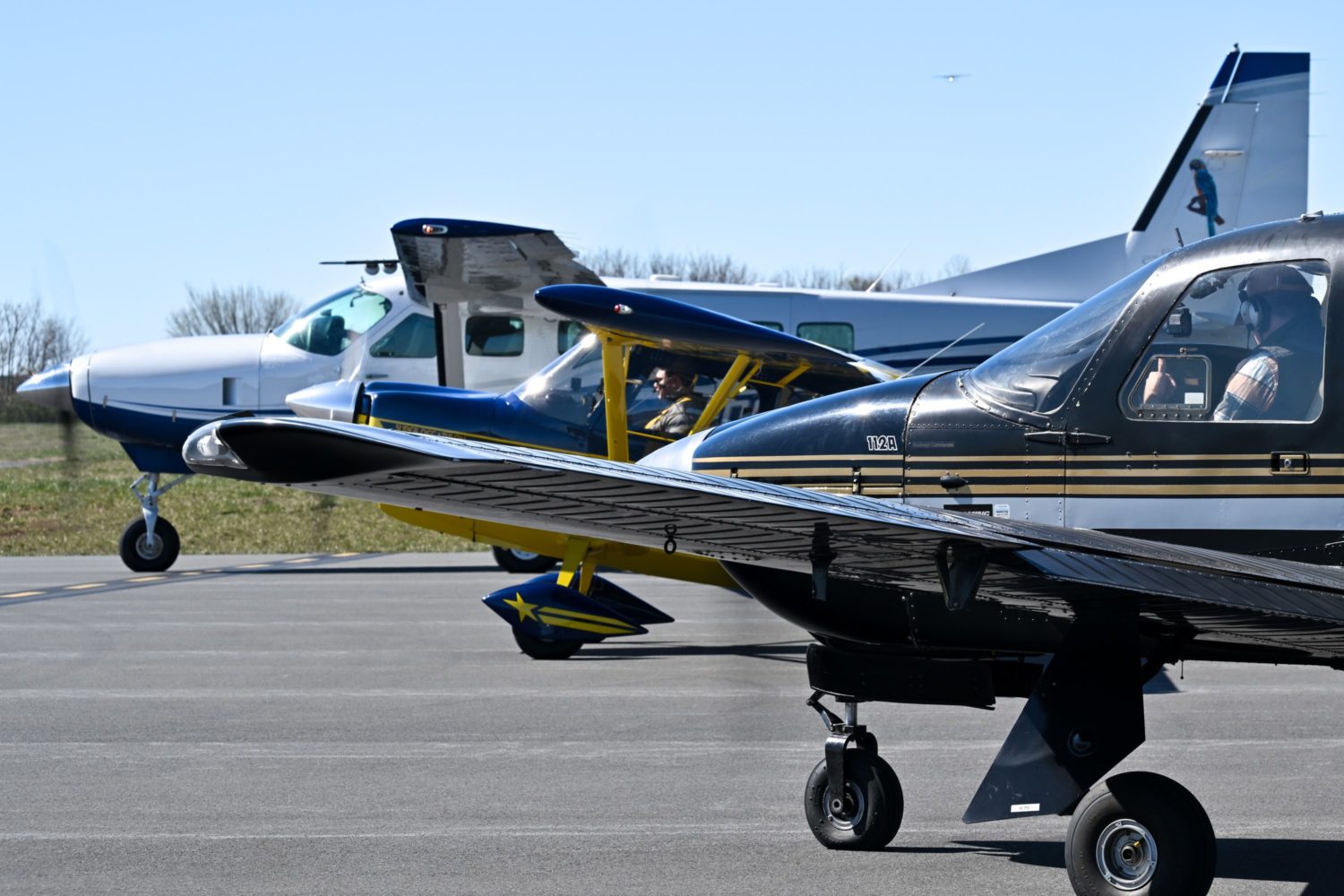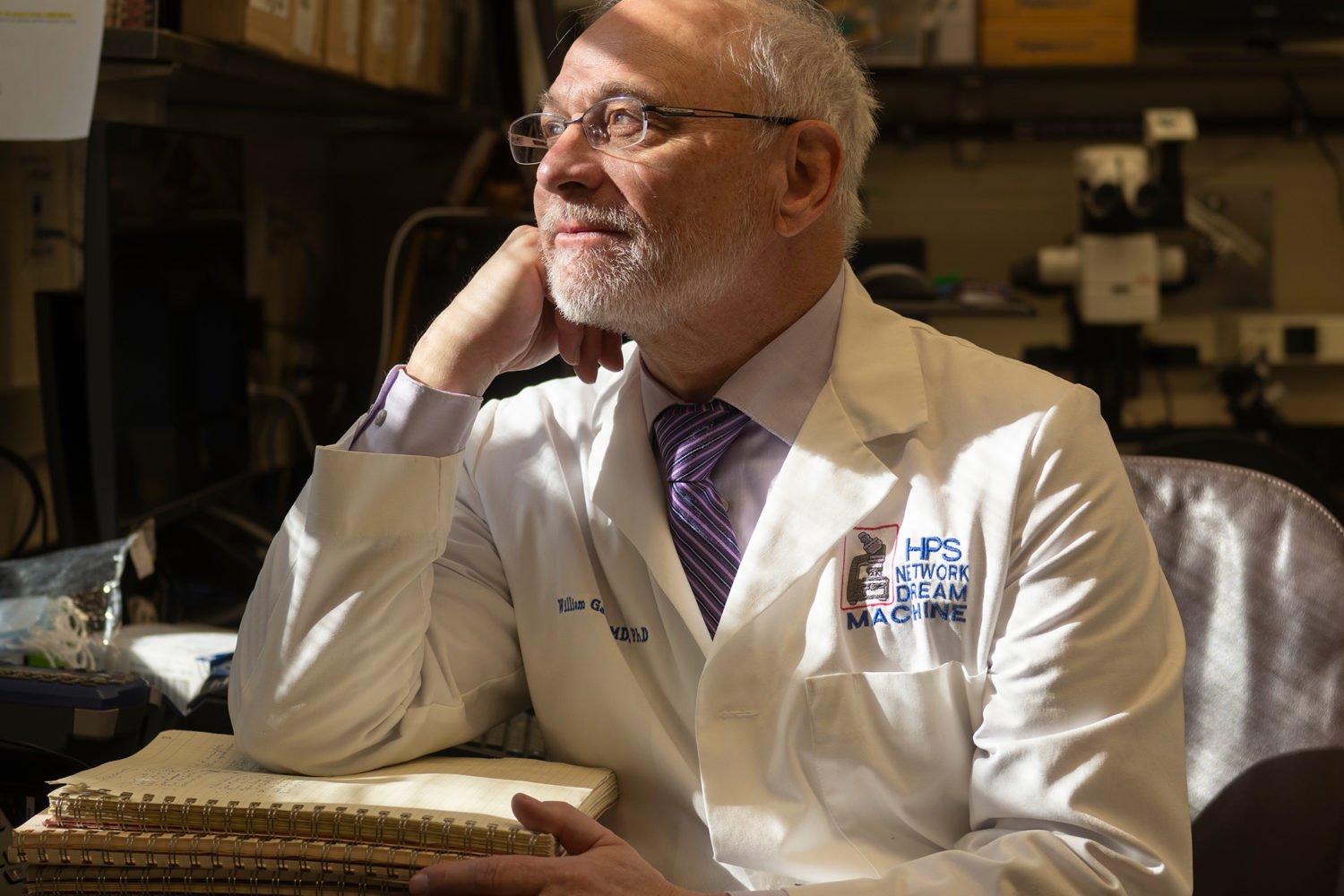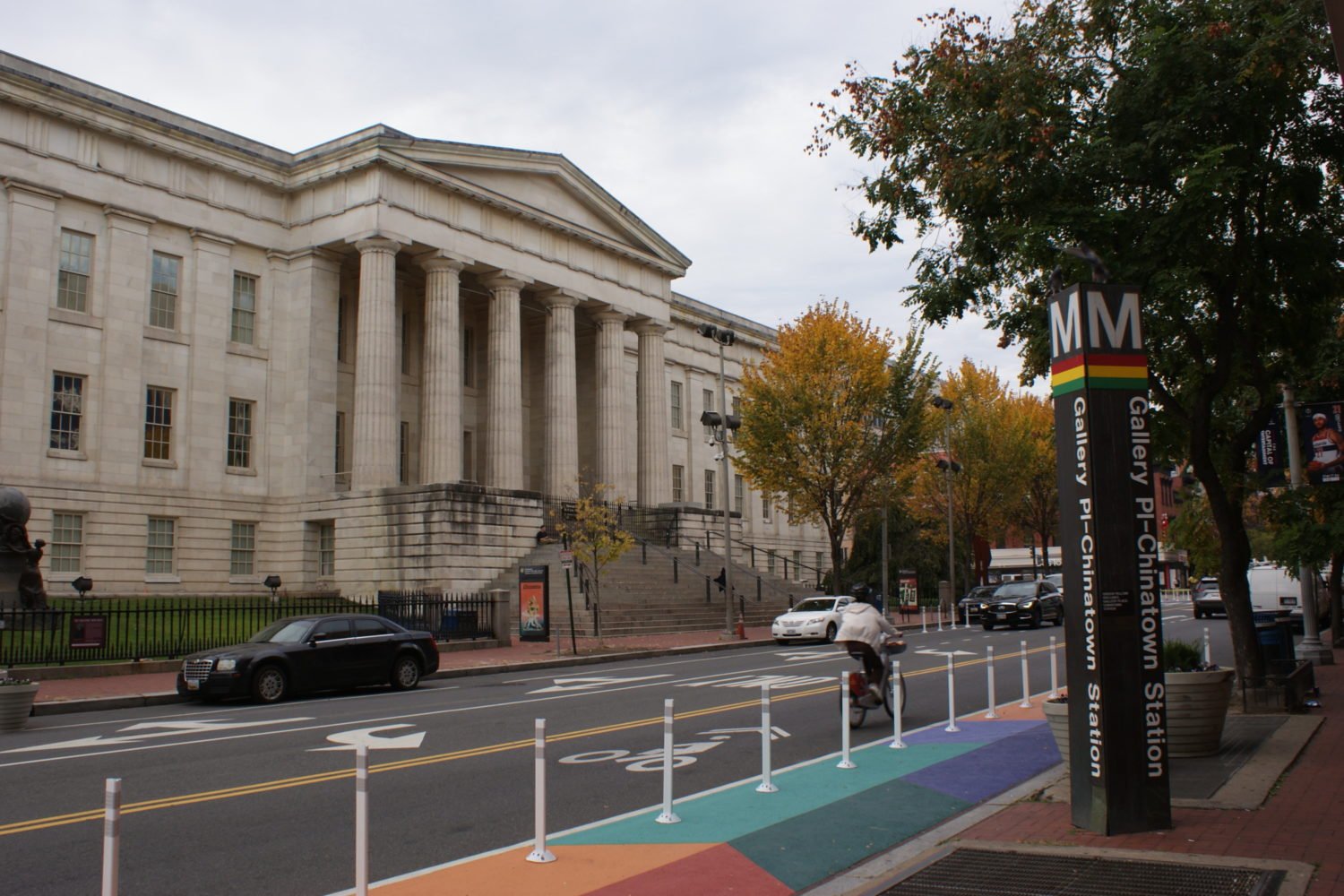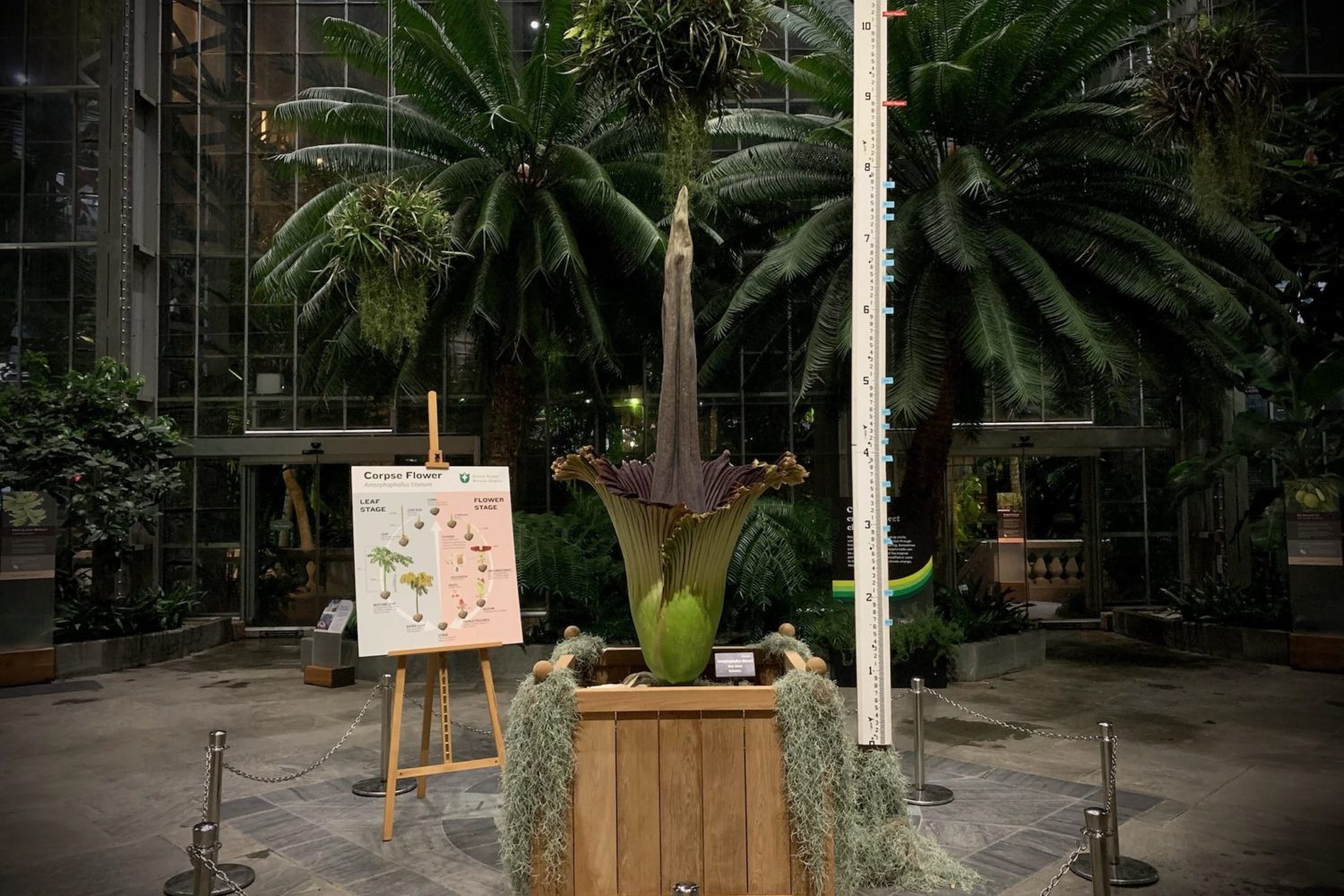Everyone wants to be this "Antiques Roadshow" guest, who learned a tea set she inherited from her mother is an extremely rare Art Nouveau design worth an estimated $90,000. But most people leave like our author: disappointed. Image courtesy Antiques Roadshow.
Posing for a photo in front of the orange welcome banner for Antiques Roadshow at the Washington Convention Center, it occurred to me that I had come dressed as my own roadshow. I wore an 18th-century ring, a midcentury Patek Philippe watch, a classic Hermès handbag, and—pulling the whole look together—a ’70s Pucci silk dress that once belonged to a friend’s grandmother.
I fantasized that one or both of the items I was permitted to have appraised would turn me into a Roadshow superstar. Apparently, plenty of other people had the same dream. About 23,000 tried to get one of the approximately 6,000 tickets for the TV show’s August taping in Washington. Rumor had it that tickets were going for up to $800 on eBay.
I’d been a fan since the show hit the PBS airwaves in 1997. I can name all the hosts (there have been four), recall what item secured the highest appraisal ($1.07 million for a small collection of carved jade dating from the Qianlong dynasty), and recite the regional woods that line drawers in 18th-century tallboys (pine for Philadelphia, tulip poplar for Kentucky).
Yet I nearly missed my chance to be in the presence of my idols. The previous week, I had shown up at my regular Thursday gig as a volunteer at the Christ Child Society Opportunity Shop in Georgetown. As I chatted with manager Jay York about my recent estate-sale scores, he asked whether I’d gotten my ticket to the Roadshow. In the show’s 14-year history, it has never before come to Washington and I had missed the big news.
“It’s sold out,” York said. “There was a lottery, but that was months ago.”
I could feel tears welling up. I was entering the five stages of grief.
“I’ll tell you what,” he said. “I have an extra ticket, and I wasn’t sure who to bring.” He paused before adding with a compassionate smile, “Until now.”
I spent the rest of the week making Sophie’s Choices of what to bring—an 18th-century portrait miniature painted on a sliver of ivory, my grandmother’s heart-shaped diamond pin, an Austrian cold-painted bronze of a boy riding a crocodile—until I settled on two treasured possessions: the Hermès bag and a gold-and-pearl ring that looked as if it had been pulled from the ruins of Pompeii.
I was more excited about my day at the Roadshow than I was about my wedding. As I joined what would be the first of many lines, I noticed that the convention hall resembled the world’s largest attic. Dusty oil paintings stood next to ’50s dinette chairs. A tobacco-store Indian chief made its way, strapped to a dolly, past an old exercise bike. A Rolling Stones poster leaned against a stack of cloth-covered books. A bearskin rug had come back to life, draped over its owner’s head.
“It looks like there’s some better-quality stuff than I expected,” the woman in line behind me said to her friend.
Soon the pair, Jennifer Jewett and Susan Strange, were playing show-and-tell with me. Jewett, from Silver Spring, had brought two oil paintings. Strange, who lives in Potomac, wanted to learn more about her jester-shaped doorstop and champlevé incense burner.
In the 45 minutes we stood in line, we asked to see what our neighbors had brought and got mini-lessons in subjects ranging from cartography to military sweetheart scarves.
Sure, some people were hoping to learn they’d brought a priceless artifact that would turn them into millionaires. But many, like me, were there just to be part of the action, to learn about their items, and maybe to meet their heroes, such as the Keno brothers, the golden-haired twins who have emerged as the Roadshow’s rock stars. And if it was all caught on camera, that was just the icing on the Biedermeier chair. Typically, appraisers “pitch” their best finds to producers, who ultimately decide if someone’s prized possession will make for interesting TV.
One truth that many would learn is that old doesn’t necessarily equal valuable. Another, as I was about to learn, is that appraisers—even those vaunted enough to work for the Roadshow—don’t know it all.
>> Next page: The author learns the value of her items
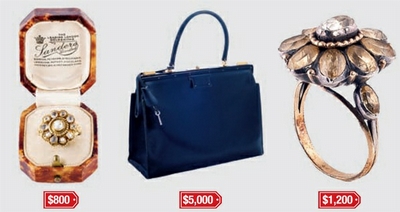
“Wow,” said Karen Augusta when I placed my Hermès bag on the table. “That’s nice.”
One of three appraisers at the Rugs & Textiles table, Augusta specializes in antique lace and fashion. I didn’t recognize her from the show and had to fight the urge to visit the more familiar Rafael Eledge, a mop-topped arms-and-militaria appraiser seated next door.
I told Augusta what I knew about the pocketbook. “It belonged to my friend’s mother, who bought it directly from Hermès when she lived in Paris,” I said. Already having a sense of its value thanks to a feature on vintage Hermès bags in Vogue, I wanted Augusta to tell me if my bag—which I had bought from my friend for the bargain-basement price of $500—had a name and who might have designed it.
“Gee,” she said. “I don’t know.” She opened and closed the metal frame, stroked the leather as if it were a cat, and examined the brass key that hung from its handle.
To her credit, she did offer me the name of “her guy” in Paris, who she thought would be able to identify the make and model. She appraised the bag at $5,000, which came as no surprise because that was the price quoted by Vogue.
“Cool dress,” she said as I wandered off in search of the jewelry queue. For a second, I considered giving her another shot. Perhaps her expertise was in ’70s psychedelia.
Whereas I had been the only person in the textiles line, at least 100 others were waiting to have their jewelry examined. One woman sat in a portable camping chair reading the newspaper; another worked the crowd like a female version of the show’s host, Mark L. Walberg, whom I was hoping, but failed, to see.
“Whadja bring?” she asked, making her way up and down the line. She showed off her own item: a diamond-encrusted ring given to her by her father-in-law. “Maybe it’s my ticket out of here,” she said.
After nearly two hours, I reached the inner sanctum, where appraisers sat in a circle and a film crew focused on a woman and her Indian saddle blanket. We were fed to one of four jewelry appraisers as if in line at the deli. I spotted my favorite, Berj Zavian, the pinky-ringed personality from Manhattan, and prayed for an audience with him. Instead, a prim-looking man in a crisp dress shirt waved me over.
“What do you want to show me?” asked Peter Shemonsky, sounding more clinical than my internist.
I handed him the ancient-looking gold ring I had tucked into my Hermès bag. A jewelry dealer from San Francisco, he fell silent as he examined it with a loupe.
“What can I tell you about it?” he asked, slipping the ring onto his index finger.
“For starters,” I said, “you can tell me if it’s old.” I said I felt more comfortable identifying Georgian-era jewelry, which I’ve been collecting for years. “I think this ring looks a lot older. Like it was buried in a tomb.”
“I don’t think it’s that old,” he said. “They’re still making rings like this in India. And I think the stones are glass.” Even though I had paid $400 for the ring, I was holding out hope that this was going to be a museum-worthy find. His quote of $800 was solidly middle of the Roadshow.
Thinking fast, I pulled the 18th-century ring off my middle finger. “What about this?”
He put his loupe against the band and asked if I had noticed the hallmark. Before I could answer, he pulled out a softcover book and flipped through it. I noticed Berj, pinky ring flashing, yukking it up with the owner of a gold watch.
“What was this ring sold to you as?” Shemonsky asked.
I fought the urge to tell him it was sold to me as the ring Anne Boleyn wore to her beheading.
“It was sold to me as a ring,” I said.
“Well, it’s Spanish,” he said. “And the hallmark is for 1938.” He said it was worth $1,200.
Again, I had paid about half of what Shemonsky now quoted, but because I had seen similar rings going for well over $3,000 at the Baltimore Summer Antiques Show, his appraisal—and the way he delivered it—felt like he was insulting my sharp buying skills.
“Do you think the band was added at a later date?” I asked. “Because I think the top part is definitely 18th century.”
He made a sound that I took for agreement. Handing back the ring, he studied me like I was a big piece of jewelry. “Nice dress,” he said.
Though both of my rings were appraised for more than double what I’d paid, I left the building wearing a cloak of defeat. I was hoping that the specialness of my stuff—an Hermès bag that turned out to be incredibly rare, a ring unearthed from a Pompeii tomb—would reflect my own specialness. Instead, I just felt ordinary. I couldn’t help but notice the blue mood of my fellow Roadshowers exiting along with me. I caught up with the de facto host of the jewelry line, who’d been so excited to learn about her diamond-encrusted ring.
“It’s only worth 1,200 bucks,” she said. “I guess I have to go to work on Monday.”
Later that night, I e-mailed Susan Strange and asked what she had learned about her enameled incense burner.
“It was valued at less than $100,” she wrote. “But c’est la vie.”
I had to agree with her appraisal. C’est la Roadshow.
Part one of three Washington-based episodes of Antiques Roadshow aired locally Monday night on WETA, and will re-air throughout the week. Parts two and three will air Monday, May 30. Check your local listings for other broadcast times and dates.
This article appears in the June 2011 issue of The Washingtonian.
Subscribe to Washingtonian
Follow Washingtonian on Twitter
More>> Shop Around Blog | Style | Find a Spa

